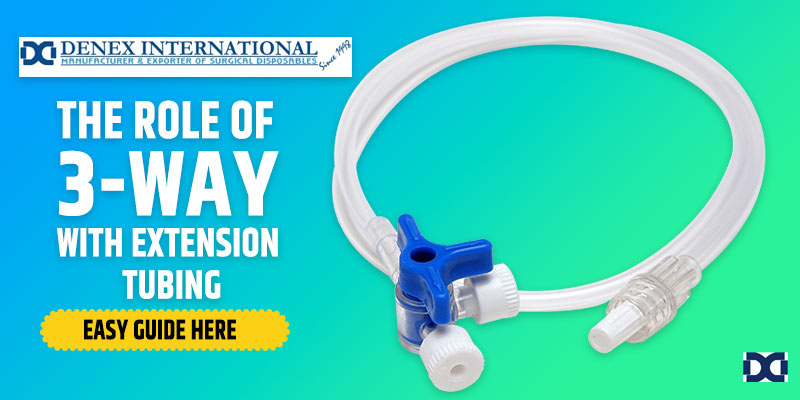When it comes to administering intravenous therapy to children, selecting the appropriate IV cannula size is crucial for ensuring both safety and effectiveness. Denex International, a trusted IV Cannula manufacturer, is dedicated to providing valuable insights into the selection of IV cannula sizes for children. In this comprehensive guide, we’ll delve deep into the recommended IV cannula sizes for different age groups, focusing on the equipment for infants and young children.
Age-Based IV Cannula Sizes for Children:

IV Cannula for 0–5 months (3–6 kg):
Recommended IV Cannula Size: 24/22
Explanation: Infants in this age group typically have smaller veins that require a more delicate approach. The 24/22 IV cannula size is ideal for their tiny veins, ensuring a secure fit while minimizing discomfort.
IV Cannula for 6–12 months (4–9 kg):
Recommended IV Cannula Size: 22
Explanation: As children grow, their veins become slightly more developed. The 22-size IV cannula strikes a balance between ensuring a secure fit and accommodating the increased size of veins in this age group.
IV Cannula for 1–3 years (10–15 kg):
Recommended IV Cannula Size: 22/18
Explanation: Toddlers in this age range have veins that are larger and more accessible. The 22/18 IV cannula size is suitable for providing effective intravenous therapy while minimizing the risk of complications.
IV Cannula for 4–7 years (16–20 kg):
Recommended IV Cannula Size: 20/16
Explanation: With growing bodies, children aged 4 to 7 years typically have larger veins that can accommodate a slightly larger IV cannula. The 20/16 size strikes the right balance between comfort and effectiveness.
Inserting IV Cannula in Children with Precision and Compassion
Administering intravenous therapy in children demands a specialized skill set that combines precision with compassion. Inserting an IV cannula in a child requires careful consideration of the child’s age, size, and emotional state to ensure a smooth and minimally discomforting experience.
Preparation and Planning:
Before beginning the insertion process, carefully select the appropriate IV cannula size based on the child’s age and weight. Plan the procedure, considering the child’s comfort and any potential challenges.
Creating a Comfortable Environment:
Establish a calm and reassuring atmosphere. Communicate openly with the child and their caregivers, addressing any concerns and setting realistic expectations. A relaxed environment contributes significantly to a positive experience.
Topical Anesthesia:
Apply a topical anaesthetic to numb the insertion site. This step helps minimize pain and discomfort, ensuring a more tolerable experience for the child.
Gentle Technique:
Use a gentle touch during the insertion process. A steady hand and precise technique are crucial to minimize trauma to the veins and surrounding tissues. Patience is key, especially when dealing with younger children who may be more apprehensive.
Distraction and Communication:
Engage the child in conversation or provide age-appropriate distractions. Explaining the procedure in a clear and friendly manner can alleviate anxiety, making the child more cooperative during the insertion process.
Monitoring for Complications:
Keep a vigilant eye on the insertion site for any signs of complications, such as swelling, redness, or bleeding. Immediate attention to such issues ensures prompt resolution and maintains the child’s overall safety.
Securement and Aftercare:
Once the IV cannula is successfully inserted, secure it properly to prevent dislodgment. Provide thorough aftercare instructions to caregivers, including monitoring for signs of infection and promoting proper hygiene.
Inserting an IV cannula in a child is a delicate task that requires a combination of technical expertise and a compassionate approach. By prioritizing careful planning, creating a comfortable environment, and employing gentle techniques, healthcare professionals can ensure a positive and successful experience for both the child and their caregivers. Collaboration, open communication, and a commitment to the well-being of the young patient are essential elements in mastering the art of inserting an IV cannula in children.
Conclusion:
Denex International emphasizes the importance of selecting the right IV cannula size for children to enhance the efficiency and safety of intravenous therapy. By following the recommended sizes for different age groups, healthcare professionals can ensure a seamless and comfortable experience for young patients. Always consult with a healthcare provider to determine the most appropriate IV cannula size based on individual patient needs and circumstances.







